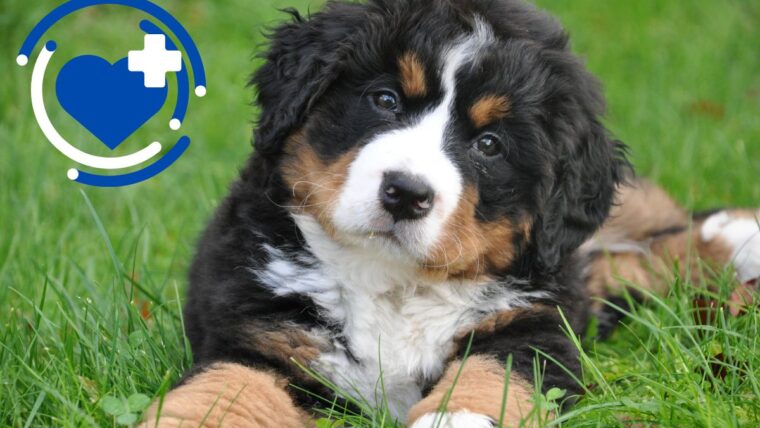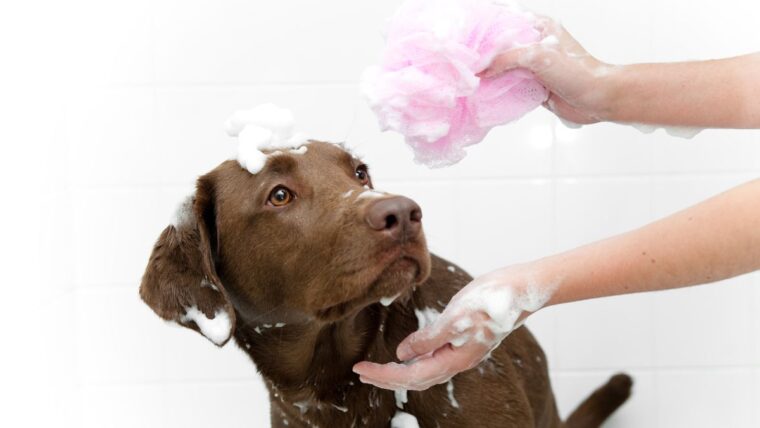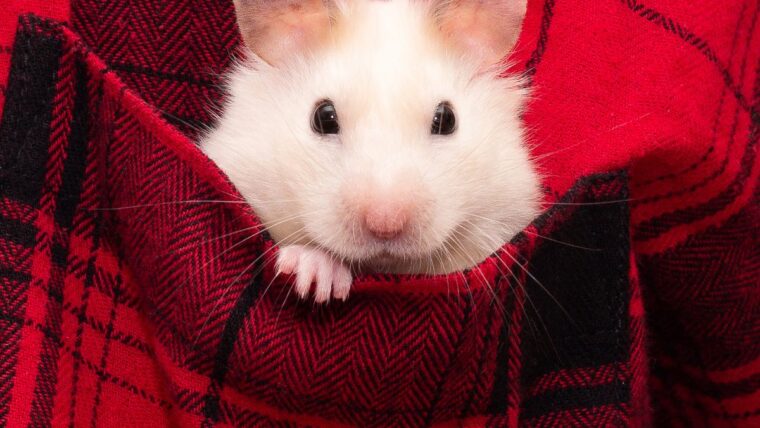For kittens who won’t suckle or when there isn’t a nursing mother cat accessible, homemade kitten milk replacer is crucial. Kitten supplement formula, popularly known among breeders as “kitty glop” or “cat milk substitute,” is frequently given to abandoned kittens but can also be given to young, starving kittens.
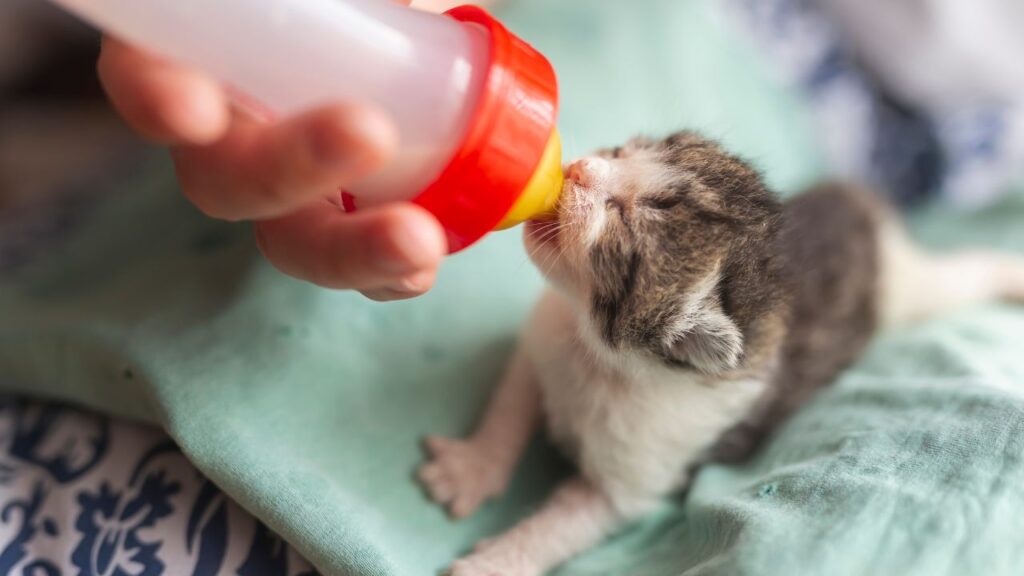
In a typical situation, moms tend to and feed their kittens. For the first month of their life, all the nutrients kittens require comes from their mother’s milk, but occasionally, problems emerge that render a mother cat’s milk inaccessible.
- After giving birth, the mother cat could not live.
- If the mother cat is an outdoor or indoor/outdoor cat, an automobile or an outside animal might kill her.
- The mother cat can desert the whole litter.
- It’s possible that the mother can’t manage the entire litter by herself.
- One or more kittens may be rejected by the mother if they are too young or frail.
- It’s possible that the mother is ill or has postpartum problems.
- The kitten can perish from a lack of food and attention unless it is manually fed by a human. These home-made formulae provide the nutrients required for them to survive infancy and develop normally throughout time.
What Should I Feed a Young Kitten?
Dry or canned solid food cannot be consumed by kittens before the age of 4 weeks. To receive the nutrients they require, they can consume their mother’s milk. If the mother isn’t here, the kitten will depend on you to keep it alive.
You may give your new kitten, kitten milk replacer, a nourishing replacement. It’s imperative that you refrain from giving a cat the same milk that people drink. Cats can become severely ill by drinking regular cow’s milk. Consult a veterinarian if you’re unsure of which kitten milk replacer to pick. They can aid in your decision-making.
It’s not always necessary to refrigerate many dry milk substitutes. However, if additional milk is created, it should be refrigerated. You should do the following to feed your kitten:
How Can You Make Your Own Formula for Kittens?
There are several recipes for homemade kitten formula, but it’s best if you can get a kitten milk substitute from the pet store. Find a recipe that uses components you already have until you can purchase milk replacement formula if store-bought milk replacement is not an option. You should not use a homemade kitten replacement formula for more than 24 hours (as long as it is out of the refrigerator).
The Cornell School of Veterinary Medicine’s The Cornell Book of Cats contains the following formulas:
Kitten Milk Replacer Formula No. 1
- Whole goat’s milk, 1 quart
- One tsp. of honey
- 1 tablespoon nonfat plain yoghurt, preferably produced with goat’s milk
- One egg yolk
- Tasteless gelatin
- Gelatin
Add the appropriate quantity of gelatin for the kitten’s age to the goat’s milk in a saucepan. Once the gelatin has completely dissolved, remove the liquid from the heat. Refrigerate after combining the remaining ingredients. It will remain fresh for up to a week in the fridge.
Kitten Milk Replacer Formula No. 2
- 8 ounces of homogenised whole milk
- Egg yolks, two
- 1 tablespoon of salad oil
- 1 drop of liquid vitamins for kids (optional)
Stir thoroughly, then store in the fridge.
Kitten Milk Replacer Formula No. 3
- 5 parts evaporated milk to 1 part boiling water
- 16 ounces of liquid and 1/2 teaspoon of bone meal
Stir thoroughly, then store in the fridge.
Kitten Milk Replacer Formula No. 4
- 1 can of milk
- one egg yolk
- corn syrup, 2 teaspoons
- 1 drop of liquid paediatric human vitamins (optional)
The milk, egg yolk[1], and syrup should be well combined before being refrigerated in a container with a tight lid. Mix half of the estimated feeding amount with an equal amount of boiling water when it’s time to feed. Each kitten’s formula should have one drop of the liquid human newborn vitamins added once a day.
How Should a Newborn Kitten Be Fed?
Use specific baby bottles if you need to bottle-feed a kitten. Online or at pet stores, small baby bottles with tiny nipples are available for kitties. These bottles normally store modest amounts of formula so that a small kitten may be held inside while they are also simple to manage. If a tiny baby bottle is not available, you can also try using a syringe without a needle, particularly if the kitten is reluctant to accept the bottle. For this usage, oral syringes are often available from pharmacies.
Warm up the formula, whether it is homemade or purchased, and test a few milk droplets on your wrist first. It shouldn’t feel very warm or hot, just slightly warm or even cold. Using a microwave is not advised. The majority of individuals fill the bottle or syringe with the formula and then heat it up in a basin of hot water.
You are prepared to feed the kitten after the formula passes the skin temperature test. Until the kitten starts to wean off of liquid food, keep it in a natural feeding posture on its tummy and give it warm formula every three to four hours. The recommended daily amount of formula for kittens is 8 mL per ounce of body weight. As a result, you can administer 8 mL of formula every four hours to a kitten who weighs 4 ounces because they should consume 32 mL of formula in total each day.
Add one drop of vegetable oil to each kitten’s formula if constipation develops, but only once daily, until the issue is cured.
Also Read: Which is the best cat food online in India
How Frequently Must a Kitten Eat?
Depending on their age, your kitten often eats every so often:
- Until one week old: every two to three hours
- Every 3 to 4 hours for 2 weeks old
- Every 4-6 hours till 3 weeks old.
- 3 or more feedings of canned food, distributed equally throughout the day, starting at 6 weeks old.
- three equally spaced feedings of canned food at the age of 12 weeks.
Contact your veterinarian for assistance if you need clarification on how frequently or what sort of food to feed your kitten.
How Can I Warm Up a Young Kitten?
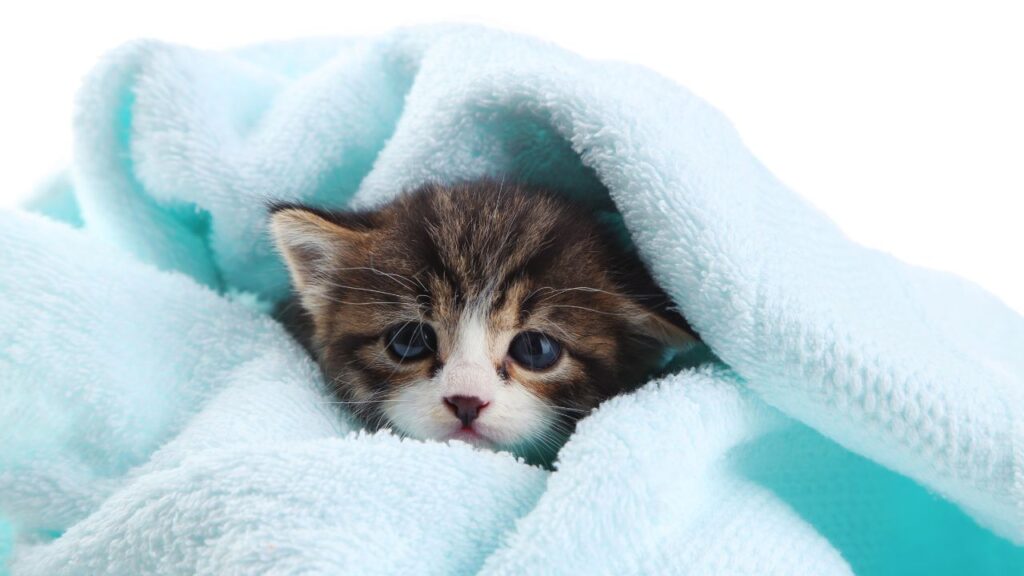
Kittens should be housed in a cat carrier with many layers of towels covering it. In addition to a cosy fleece blanket, you may keep dogs warm by using a heating pad or heat disc (typically the safer option). Make sure your kitty can roam freely within the container and away from the heating if they so choose.
It’s crucial to maintain your cat carrier in a warm, secure area away from other animals. Going to check on your kitten periodically during the day is beneficial. Your kitten has to be warmed up as quickly as possible if it feels chilly.
How Much Should a Kitten Weigh at Birth?
Depending on their breed and the size of the litter, newborn kittens typically weigh approximately 3.5 ounces. At least 10 grammes should be gained each day by a healthy kitten. Their physical size not increasing is frequently an indication of disease.
It’s crucial to monitor and record your kitten’s weight gain and daily caloric intake. For precision when weighing these tiny creatures, use a gramme scale. Contact your veterinarian as soon as possible if your kitten isn’t eating or growing as it should.

